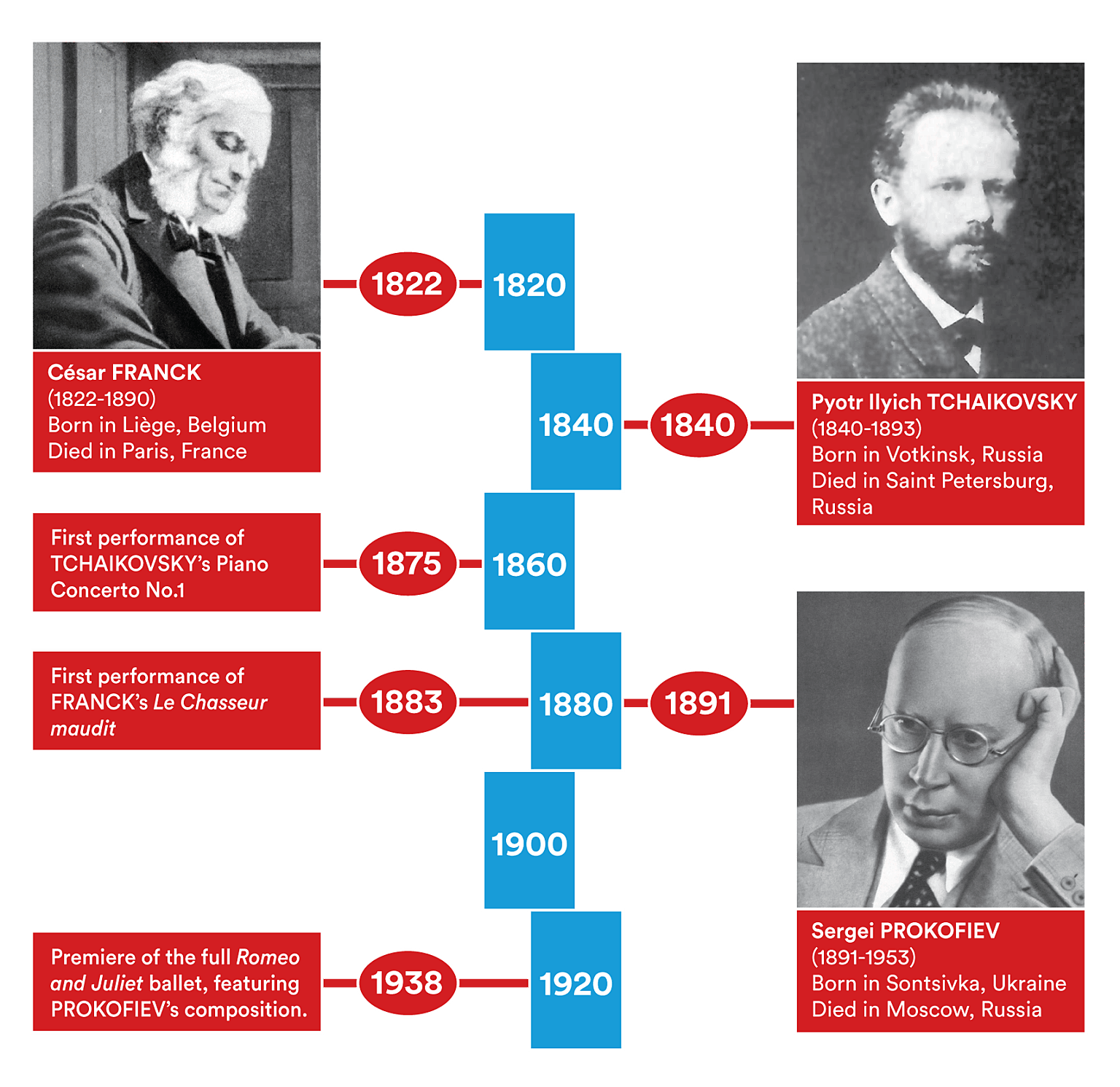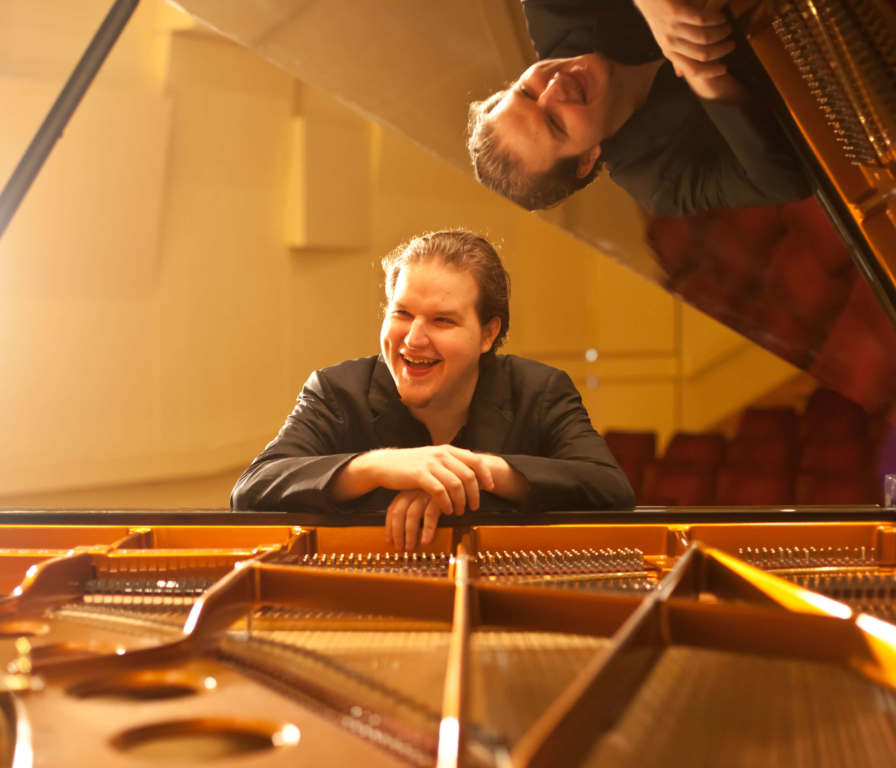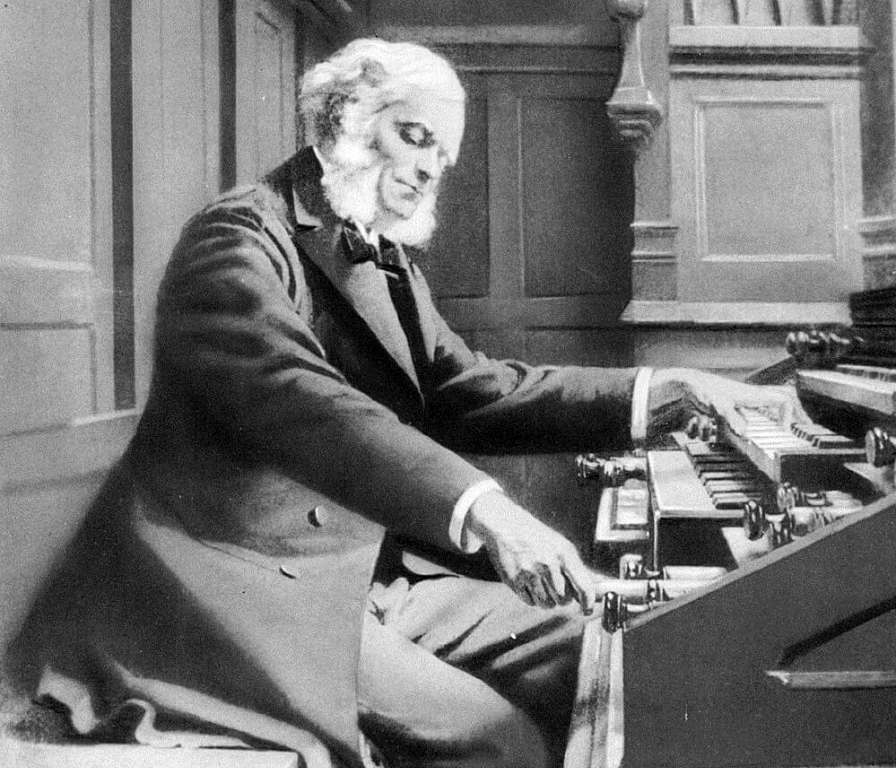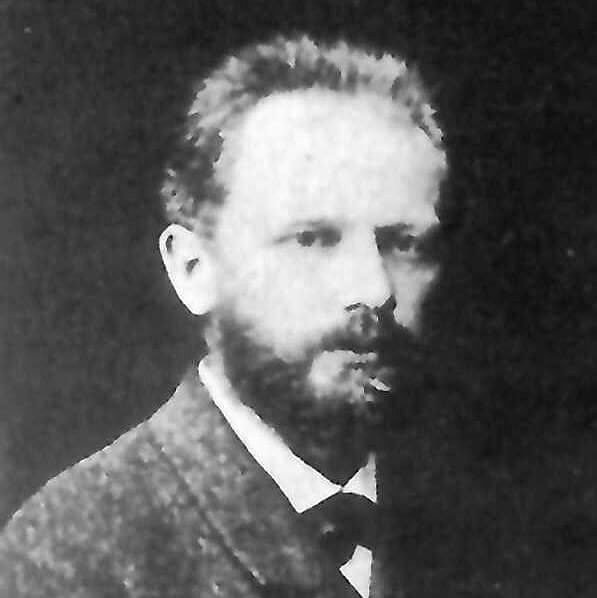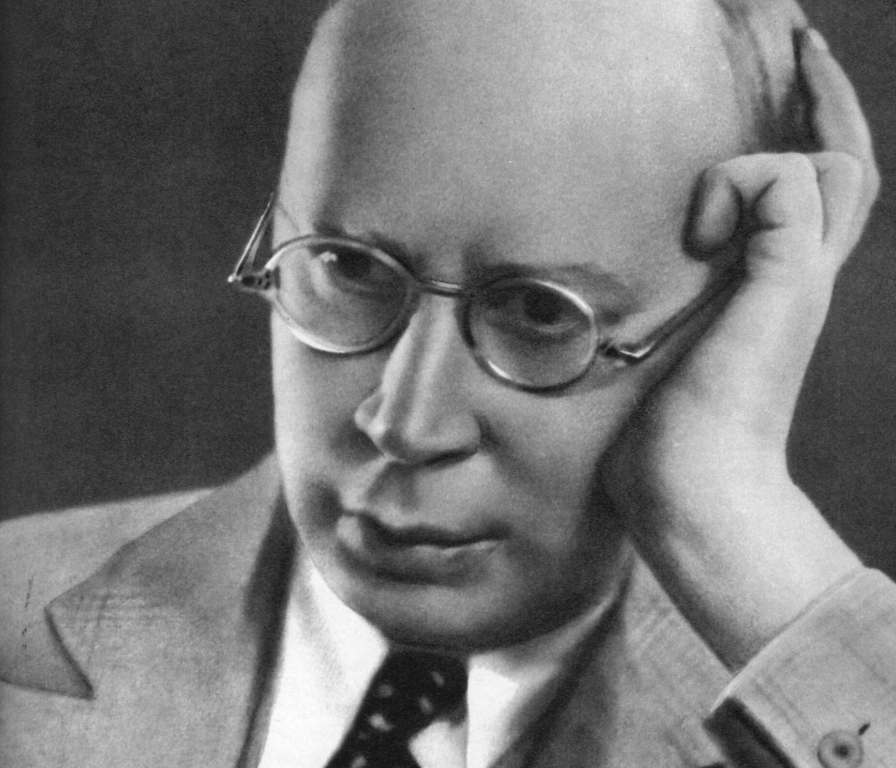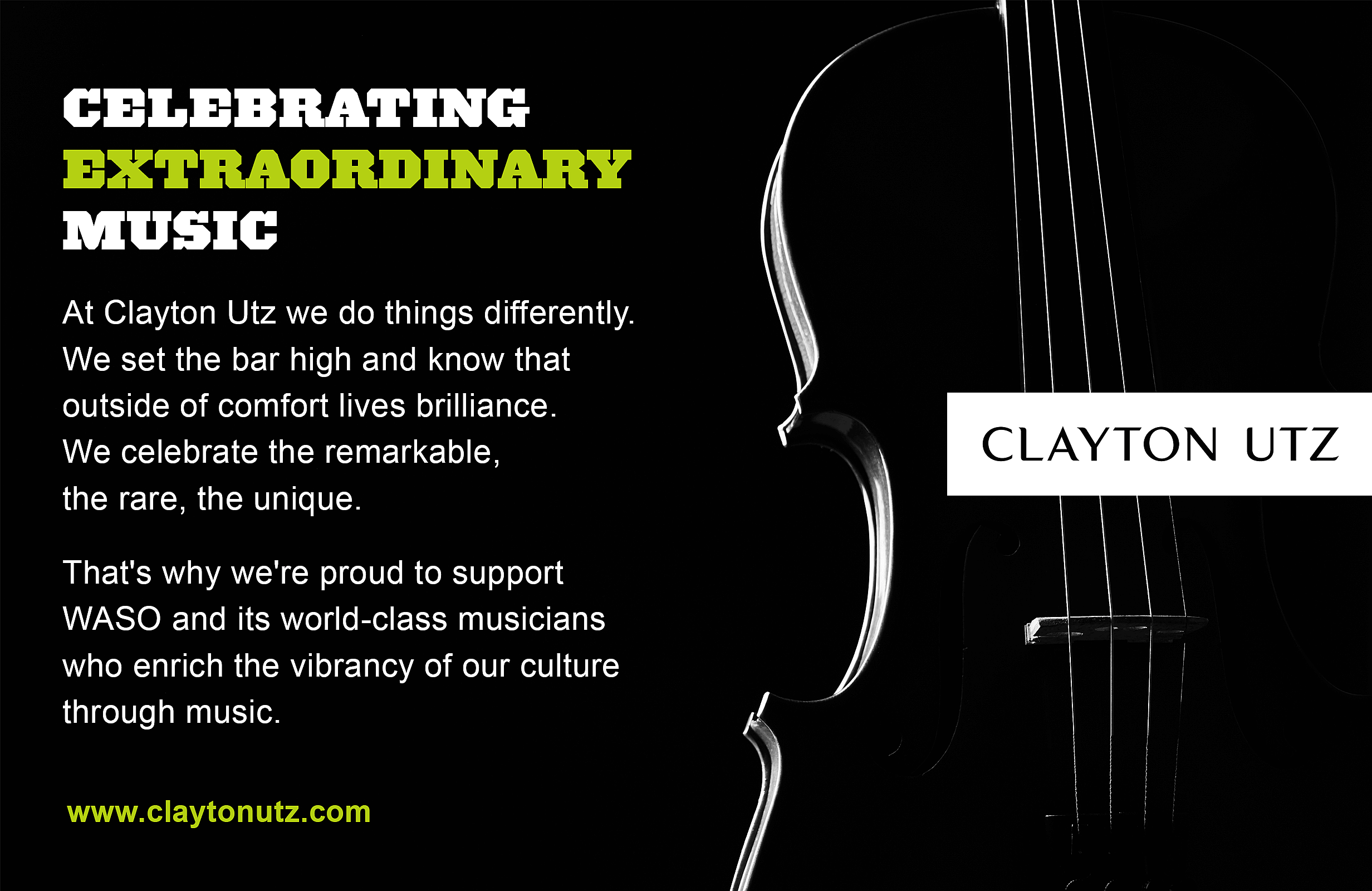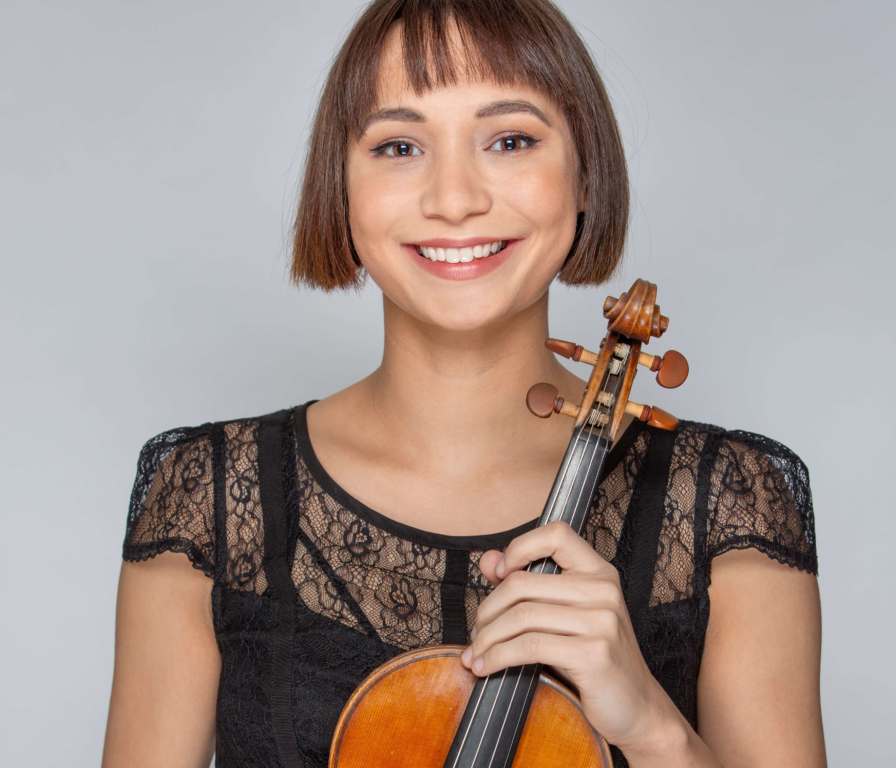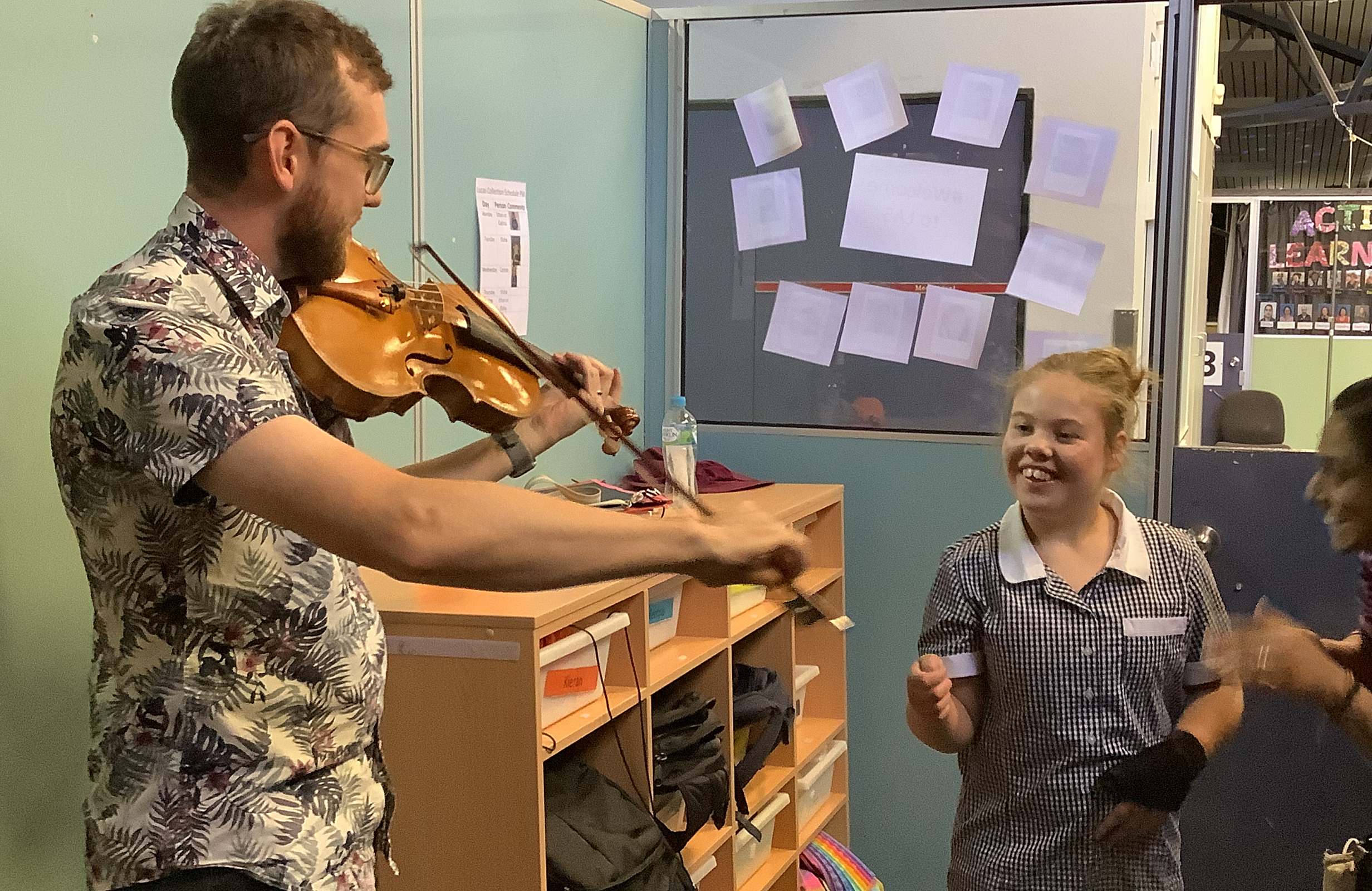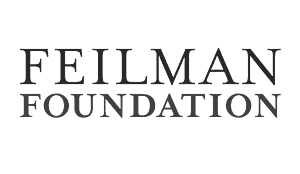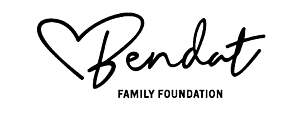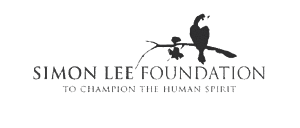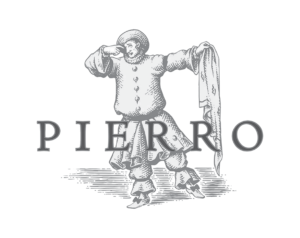Sergei Prokofiev
(1891-1953)
Romeo and Juliet
Music from Suite 1 (Op.64b) and Suite 2 (Op.64c)
The Montagues and the Capulets (Suite2, No.1)
Juliet the Young Girl (Suite 2, No.2)
Romeo and Juliet (Suite 1, No.6)
The Death of Tybalt (Suite 1 No.7)
Friar Laurence (Suite 2, No.3)
Masks (Suite 1, No.5)
Romeo at Juliet’s Grave (Suite 2 No.7)
Prokofiev wrote his ballet Romeo and Juliet after his return to the USSR at the height of Stalin’s Great Terror. The work’s standing in the repertoire belies its somewhat protracted genesis, having been passed from the Kirov to the Bolshoi before finally receiving its premiere in Brno in 1938 (the Russian premiere took place two years later).
The ballet is divided into four acts – totalling some 52 numbers and lasting well over two hours. Thus rarely performed, Prokofiev decided to break the music down into a number of suites for concert purposes. The first two symphonic suites from the ballet, each consisting of seven movements, do not follow each other consecutively: rather, the suites develop parallel to each other. Some numbers were taken directly from the ballet without alteration, others were compiled from different sources within it. The third suite, compiled ten years later, is based on dances which primarily feature Romeo or Juliet.
This concert’s selection, taken from suites 1 and 2, suggests the outline of Shakespeare’s story of the star-cross’d lovers who were married by Friar Laurence when he thus hoped to heal the breach between their parents’ ‘warring houses’. When Romeo kills Juliet’s cousin Tybalt in revenge for the murder of his friend Mercutio, he is banished. Meanwhile, Juliet’s father, ignorant of the marriage, wants her to marry Count Paris. To help her out of the impossible situation, Friar Laurence gives Juliet a potion which will make her apparently lifeless for two days. Sadly, his message to Romeo, outlining the plan, goes astray. Romeo returns to the Capulet vault, finds Juliet apparently dead and kills himself. Juliet wakes, finds him dead and, guessing what has happened, takes his dagger and stabs herself.
Prokofiev used the principle of leitmotifs attached to each character or specific emotion – love, hate, youth, age, peace, battle, etc. The orchestration of the suites is very lush and the harmonies are steeped in post-Romantic grandeur.
Montagues and Capulets (Suite 2, No.1)
The Montagues and the Capulets opens in a stormy atmosphere suggestive of the aggressive rivalry between the two families. The music includes that which accompanies the Duke’s warning to the brawlers at the start of the ballet, and the so-called Dance of the Knights at the ball. The Knights’ music frames an aloof minuet which Juliet dances with her betrothed, Paris.
Juliet the Young Girl (Suite 2, No.2)
Juliet, depicted before her ill-fated marriage and still very much a child, is wonderfully characterised by Prokofiev as she playfully teases her nursemaid. At the entrance of Juliet’s mother and a discussion of the arranged marriage, the music is subdued and stately, with a hint of the troubles to come.
Romeo and Juliet (Suite 1, No.6)
This is the love music with which the first act of the ballet ends: Juliet, having fallen in love with Romeo at the ball, is out on her balcony in the moonlight; Romeo appears below and they tenderly swear everlasting love to each other.
Death of Tybalt (Suite 1, No.7)
The Death of Tybalt is one of the most dramatic moments in the ballet. Brilliant rapid passages depict the antagonism of the duel; the full orchestra, with timpani, accompanies Tybalt’s funeral procession.
Friar Laurence (Suite 2, No.3)
Plodding clarinets and tuba accompany a solo bassoon line characterising Friar Laurence. Prokofiev’s simple, major-key melody in sustained notes sums up the position of trust in which the good friar is held by others.
Masks (Suite 1, No.5)
This is a march, and the playful cornet, clarinet and oboe solos accompany the arrival of Romeo, Benvolio and Mercutio, all masked for the ball that they are about to gatecrash.
Romeo at Juliet’s Tomb (Suite 2, No.7)
In the full ballet, the music for Romeo at Juliet’s Tomb is used both for Juliet’s funeral and for the moment when Romeo discovers the heavily-sedated Juliet and believes her dead. Poignantly, the music expressing his grief recalls the themes used in earlier love scenes.
© Symphony Australia
First performance of the ballet:
30 December 1938, Brno, Czech Republic.
Most recent WASO performance:
14-15 November 2014. Marko Letonja, conductor.
Instrumentation:
two flutes, piccolo, two oboes, english horn, two clarinets, bass clarinet, tenor saxophone, two bassoons, contrabassoon, four horns, two trumpets, cornet, three trombones, tuba, timpani, percussion (snare drum, glockenspiel, tambourine, cymbals, triangle, bass drum, maracas), piano, harp, strings.

